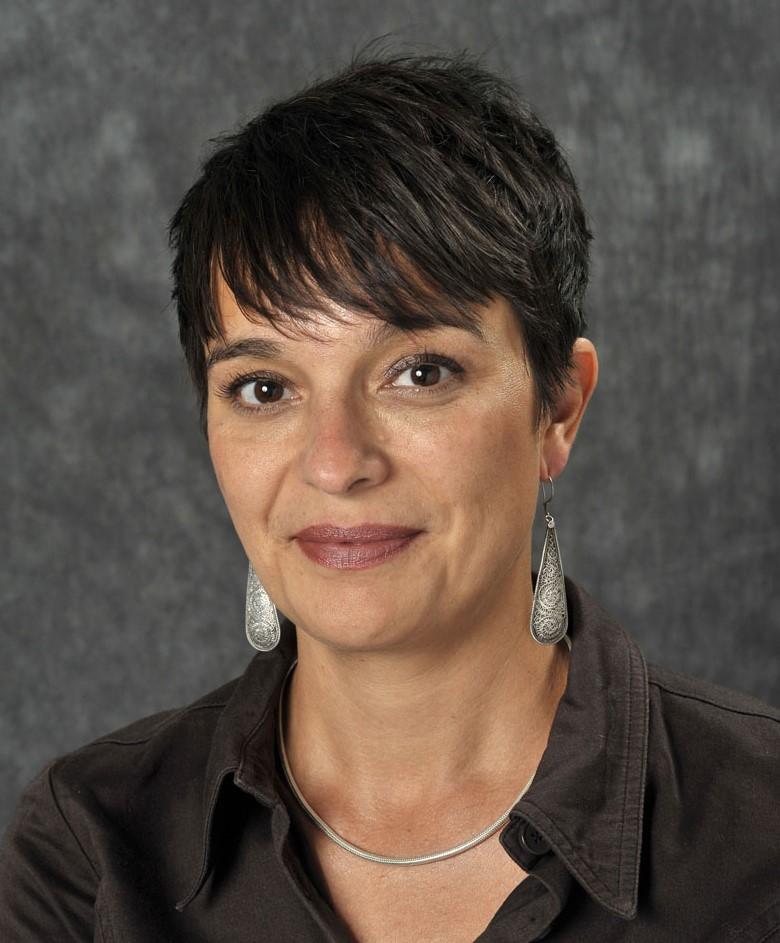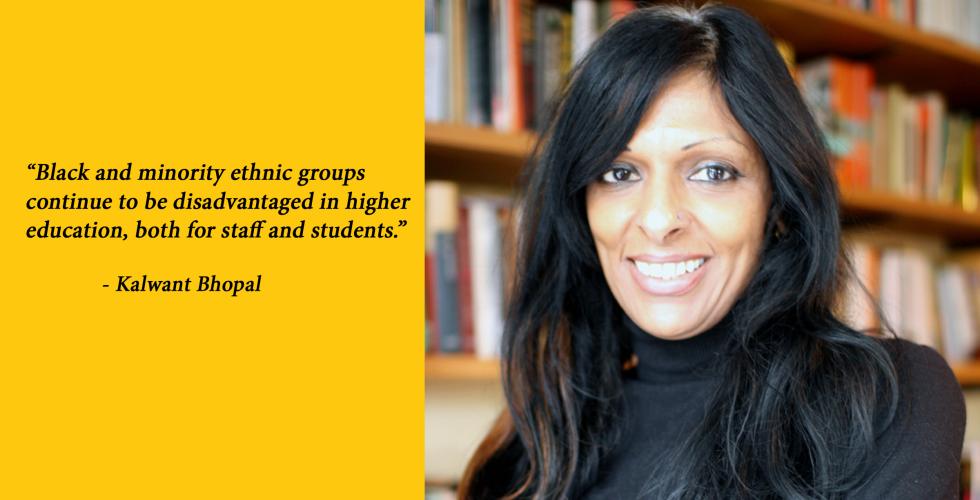“We recruit a uniform group of international researchers”
Headhunting top international researchers does not necessarily make academia more diverse. Diversity is not achieved by hiring from a pool of academics from well-known US universities, says Mariel Aguilar-Støen.

The recently updated statistical overview of immigrants and descendants of immigrants in academic positions shows that nearly one-third of academic staff members at Norwegian universities, university colleges, research institutes and regional health authorities have an immigrant background.
“Immigrant background” in this context typically refers to internationally mobile researchers recruited from abroad. In other words, the figures indicate that the institutions are satisfying official targets for internationalization.
Read: Immigrants make up a third of Norway’s research personnel
Internationalization = diversity?
However, the presentation of updated statistics made it clear that while Norwegian institutions – large universities in particular – are able to attract internationally mobile researchers from around the world, they have not succeeded in recruiting immigrants or descendants of immigrants educated in the Norwegian system.
This raises the question whether internationalization truly achieves the intended effect of enhancing diversity at the institutions.
“I feel that internationalization falls under the concept of diversity, but that diversity is more than just internationalization,” says Professor Mariel Aguilar-Støen of the University of Oslo’s Centre for Development and the Environment.
“I think university managers have taken this a bit too lightly. As it is now, they can boast of having lots of international researchers and increased diversity, which is indeed valuable – but when it comes to Norwegian descendants of immigrants, we are struggling, and I see no specific initiatives to change that,” she says.
“Internationalization has been a goal and there are specific strategies to achieve it, but there are no strategies or targeted measures designed to include more descendants.”
The internationalization debate has been revisited many times over the years. In 2017–18 the topic came to a head when political scientist Øyvind Østerud criticized Norwegian universities for pursuing “mindless internationalization” that endangered their distinctive character and the capacity to research national issues. An intense debate ensued over how many foreign employees a scientific discipline can absorb before it is no longer able to carry out its social mission in the Norwegian context.
Some observers felt internationalization had gone too far, others not far enough. Some thought it had now done its job, while others called for a more nuanced discussion.
Read: Looking to reap the benefits of internationalization
More recently, debate has arisen over which functions the international researchers should carry out in Norway’s research system. The vast majority of researchers recruited from abroad are doctoral students or post-docs, which helps explain why the fastest growth has been in comprehensive universities, where most such positions are offered.
Research excellence counts most
When Hebe Gunnes presented the updated diversity statistics, she pointed out that most researcher positions are currently announced internationally, and thus the goal is not diversity but rather “excellence”.
“Many international researchers simply beat out the Norwegians,” says Gunnes in a related article.
But seeking out excellent international candidates does not necessarily make academia more diverse, asserts Professor Aguilar-Støen.
“I find the ‘excellence’ approach problematic because it leads to certain results that don’t necessarily align with diversity. You end up recruiting a certain type of researcher who has succeeded within the parameters you define as excellence. And of course many of them are highly skilled.
“But I see a tendency to be enamoured with researchers from the major US and European universities, at the expense of researchers from other parts of the world.”
Aguilar-Støen says we must remember that the ideal of excellence is neither neutral nor objective.
“The international researchers we tend to recruit to Norway are from a somewhat homogenous group. We have not managed to recruit international researchers who truly represent diversity. Diversity is not achieved by hiring from a pool of academics from well-known US universities,” she believes.
Last year, Aguilar-Støen wrote an opinion piece expressing her unease about ultra-qualified researchers recruited from abroad with a string of post-doc positions in their employment history. Such researchers displace homegrown candidates who lose out in the competition – one reason being that they are disqualified from a post-doc position in Norway if they have already held one at the same institution.
“If candidates with a Norwegian education are consistently outcompeted, it will also affect diversity,” she says.
Diversity is a blind spot
Recent attention has focused on academics with an immigrant background and a Norwegian education, who seem to get passed over when institutions take steps to internationalize.

“On the surface, the statistics appear to paint a rosy picture of increased diversity. But on closer inspection we see that this diversity is a function of hiring international researchers educated abroad,” says Dr Julia Orupabo, a senior research fellow at the Norwegian Institute for Social Research.
“It is strange that immigrants educated in Norway, and especially the descendants of immigrants, are so absent from research, since they are overrepresented in higher education.
“This is often attributed to their still being young, or choosing professional studies instead of academic careers. These are plausible, valid explanations, but we also know that many people with immigrant backgrounds would like a doctoral degree and a research career. So to understand this underrepresentation we probably need to look for other explanations as well.”
Orupabo says that although institutions have become much more aware of gender equality in their recruiting processes, diversity remains a blind spot.
“The descendants of immigrants face different obstacles than do internationally recruited researchers. Typically, the main problem for the internationals is finding permanent employment after their temporary stint. For Norwegians with an immigrant background, the challenges arise earlier: should they aim for an academic career at all?
“Gender equality work has shown us the importance of someone paying attention to you, encouraging you, including you in applications, etc. I would expect these mechanisms to also be important for students with an immigrant background,” she says.
Orupabo believes the time has come to discuss what the institutions can do, both to identify the challenges and implement measures.
“In any case, we need to remember that true diversity in academia comprises many different categories and minorities, and not be content to let internationally recruited researchers stand for diversity.”
Develop a new academia
Mariel Aguilar-Støen agrees with this view.
“How diversity is understood by people in leadership is crucial. Gender and ethnicity are the obvious categories – but we mustn’t forget cognitive diversity. To enrich the research environment, we must also recruit people who think differently.”
Aguilar-Støen believes Norwegian academia willingly adopts theoretical frameworks and research methods developed within a US context. But she fears we could lose the special research contributions that only Norway can make.
“This is one of the reasons I’m convinced it is important to learn Norwegian and publish in Norwegian. It is vital that we can develop theoretical frameworks with a clear point of reference.
“Norwegian academia has the major advantage of existing within a well-functioning welfare state with a humane attitude towards working life that allows employees to fulfil their other roles in life. But it seems this advantage is one that research managers either do not realize or do not dare to really hold aloft.”
She wants the discussion to turn from internationalization to diversity and its relationship to the currently ill-defined concept of “excellence”.
“We need to ask how we can attract people educated in Norway and elsewhere to develop a Norwegian academia that dares to engage in dialogue with the world at large but still generates its own unique ideas, theories and methods.
“We will not succeed in this if the overarching objective is always to publish in the prestigious international journals,” cautions Aguilar-Støen.
Translated by Walter Gibbs and Darren McKellep.
Read more on Kifinfo about internationalization, foreign researchers in Norway, and immigrants and their descendants.



